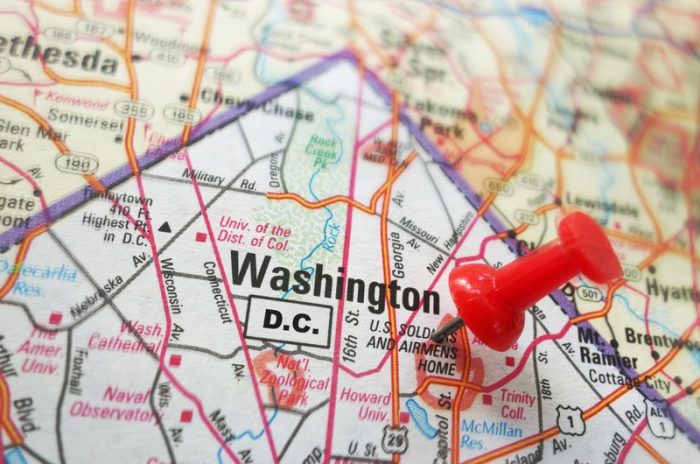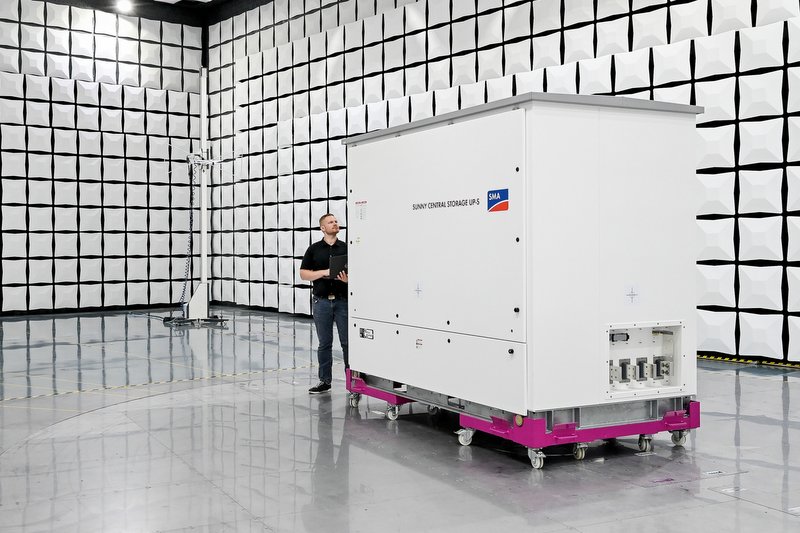Washington D.C. public school adds energy storage to export excess solar energy to low-income community

Ludlow-Taylor Elementary School is a public school and Community Renewable Energy Facility located in an underserved community in Washington, D.C. that installed a 200 kilowatt (kW) solar array in late 2019 to meet its energy needs and sell an excess of 30kW back to the utility to reduce operating costs. When the COVID-19 pandemic hit in 2020 and forced the school to shift to remote learning, the excess solar being produced amounted to 90 kW – far in excess of the net metering agreement with the local utility, Pepco, for export to the grid.
Heila Technologies partnered with SimpliPhi Power and New Partners Community Solar to deploy an energy storage system to help maximize their PV investment and satisfy the imposed export limit of 30 kW per day (and avoid the system being shut down).
SimpliPhi Power designed a 60 kWh 1200 VDC lithium ferro phosphate (LFP) battery bank to store the excess solar generation. Pepco uses the excess energy generated and stored in the SimpliPhi battery to provide additional capacity for the low-income community that surrounds Ludlow-Taylor as part of Solar for All, a program of D.C.’s Department of Energy and Environment. The specific system requirements and necessary capabilities were developed by the expert consultants at Amidus working alongside SUNCATCH ENERGY, the EPC installing the high voltage storage system, and SimpliPhi Power application engineers.
“Advancing a reliable and equitable grid requires innovation, and we’re proud to partner with these bold thinkers to provide the Ludlow-Taylor school with a creative and cost-effective energy system,” said Francisco Morocz, CEO of Heila Technologies. “We hope this project can serve as an example of what’s possible for other low-income communities looking to reap the economic and resiliency benefits of sustainable energy.”
To enable advanced functionality, SimpliPhi Power turned to the Heila Edge platform to integrate the solar array and batteries with advanced system controls and functionality. By leveraging Heila’s distributed control software, the school is able to connect, manage and optimize these DERs remotely. The decentralized approach provides Ludlow-Taylor with automation and modularity, dramatically reducing system complexity and cost of commissioning and operation. With the addition of an intelligent energy storage system to the existing solar array, Ludlow-Taylor can now power itself with clean energy, support the surrounding community, achieve significant cost reductions to free up critical funding for school resources, and ensure resilient operations in case of power outages.





Comments are closed here.